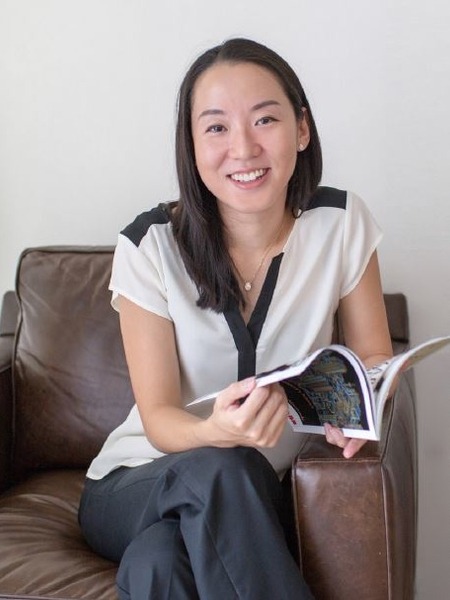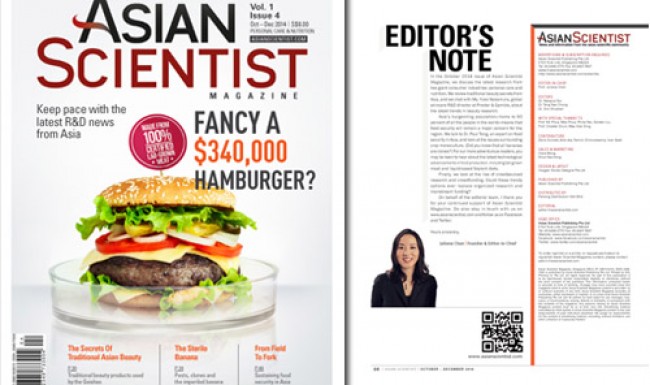From Magazine "Fangirl" to Magazine Editor in Chief
-
-
slice.mit.edu
Filed Under

Recommended
During her MIT years, Juliana Chan PhD '10 could often be found at a lab bench, researching nanoparticle drug delivery technologies, or blogging on her laptop, reporting news about the Asian scientific community.
Today, back in her native Singapore, Chan has scaled up both activities to impressive levels. A fellowship at the city-state’s Agency for Science, Technology, and Research led her to an assistant professorship and a $750,000 startup grant to open her own multidisciplinary lab at Nanyang Technological University’s School of Chemical and Biomedical Engineering and Lee Kong Chian School of Medicine.
And her blog, with an investment from a major scientific publishing company, has evolved into Asian Scientist magazine. The glossy quarterly journal offers in-depth coverage of biotechnology, pharmaceuticals, materials science, and other disciplines, with Chan as editor in chief.
“I’ve always liked writing and been a fangirl of magazines like MIT Technology Review and Scientific American,” says Chan, who earned her BA and MA in natural sciences at the University of Cambridge. “I noticed that no one was writing about great Asian scientists, even though there’s so much hunger for knowledge in Asian countries. I have no journalism training, so it’s crazy that I have a magazine, but it really makes me happy.”
 Image via Asian Scientist magazine
Image via Asian Scientist magazine
Meanwhile, Chan’s six-person research team is pursuing the use of nanoparticles to treat cardiovascular and skin diseases—work inspired by her PhD studies in the biotech-materials lab of Institute Professor Robert Langer, ScD ’74, and her postdoc work in biological engineering with Professor Roger Kamm, SM ’73, PhD ’77.
The dermatological work is especially important in Asia, she notes, “because conditions like eczema and psoriasis are very common and the current standard of care is steroid creams, which can thin the skin.” Nanoparticles could deliver greatly reduced dosages directly to inflamed tissue, leading to better results with lower risk.
Chan met her husband, Chester Drum, at the Langer Lab, where he was a postdoc; he’s now a cardiology consultant and assistant professor at the National University of Singapore. Chan says that since the 2013 birth of their daughter, Heather, “we have no leisure time, but I don’t care because I love playing with her so much.”
This article originally appeared in the September/October issue of MIT Technology Review magazine.







